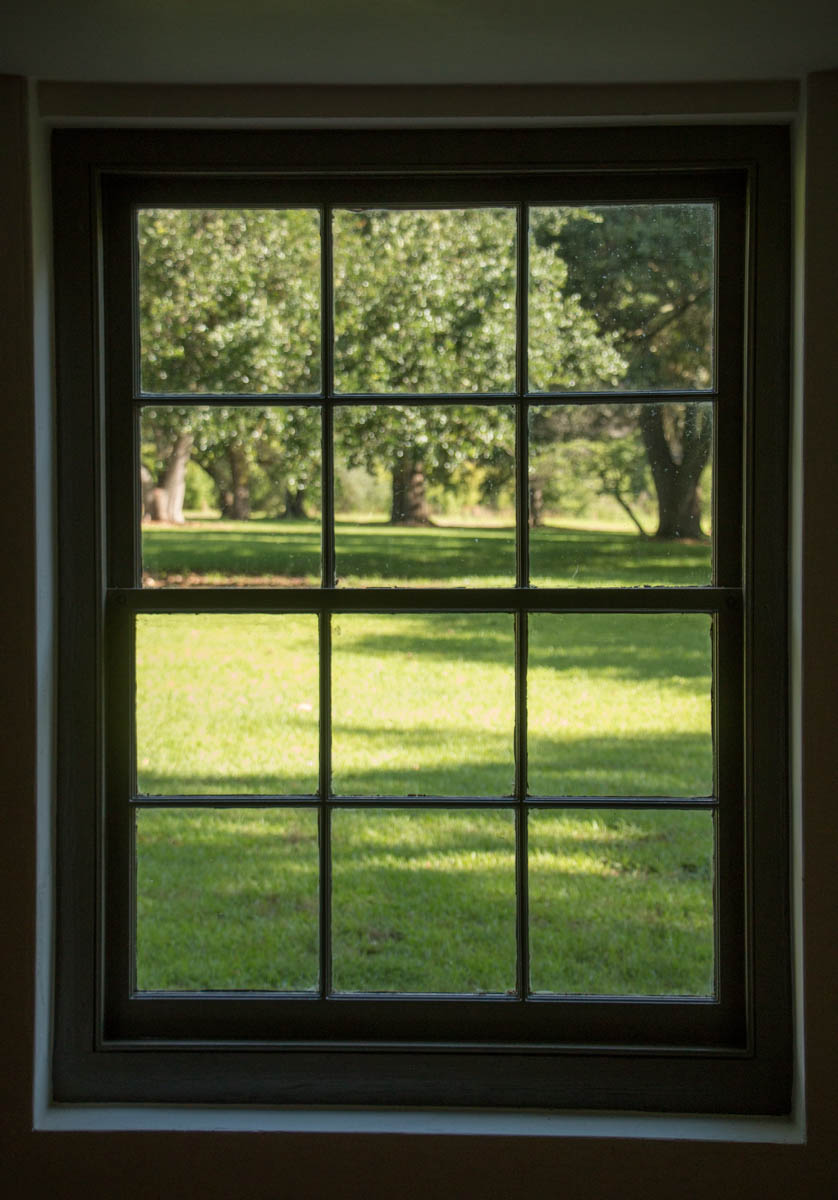Restore, Don't Replace Your Old Windows
Friday, March 15th 2019

Historic windows are both lenses and frames. These vital architectural features can define the character of whole neighborhoods and help us see our community in a whole new light.

Often, damage to historic windows is superficial—someone painted them shut, the sash sags, they’re drafty. Almost all historic wood windows can be restored with some elbow grease and a putty knife. Historic Columbia’s new Framing History campaign looks to demonstrate that, more than just looking great, rescuing historic windows is good for your wallet and good for the earth.
There is no question historic buildings and districts attract commerce. Districts like Cottontown, Main Street and the Vista are cases in point. People are drawn to the sense of place and to the defining conservation features that they possess. Preserving historic windows contributes to the overall historic “fabric” that makes these places so special. There is a certain atmosphere that comes along with looking through hand-rolled glass with its waves and imperfections. It’s what lends so much character to these booming historic districts.
When it comes down to it, restoring your historic windows saves you money. Most modern windows—whether farm-harvested wood, vinyl, aluminum or clad—are made with material that deteriorates much faster than historic wood. Old windows are made of old-growth wood, which is inevitably of a higher quality than even modern wood windows. Historic windows—like the ones in the buildings managed by Historic Columbia and the ones in other historic districts—can last hundreds of years.
"Your thermal panes are guaranteed for 10 years, and the windows you have are probably 100 years old. Vinyl windows will also break down with UV rays and such. So if your historic windows are 100 years old, you can probably get another 100 years out of them." — Todd Selke, President, Shenandoah Restorations
Vinyl windows, on the other hand, cannot be repaired, and will begin to deteriorate after 20 years. On average, it takes over 50 years to recover the expense of installing vinyl windows. With an average expected life of 25 years or less, insulated glad and vinyl windows make little sense in historic homes. Keeping the embodied energy of your high-quality wood windows out of the landfill contributes still more to being “green.”
So where do you start? Some choose to tackle their restoration as a DIY project. There are plenty of tutorials available online that will walk you step-by-step through the process. Others may choose to use a contractor or restoration company. The City of Columbia Planning office is a great resource and can offer a list of Independent Contractors who may be able to help you.
If you’d like to see Historic Columbia’s list of recommended resources, we invite you to check out our Framing History project—an online toolkit for folks looking to preserve their home or business’s historic windows.
Thinking about restoring your historic windows?
We’re looking to showcase successful restoration projects in and around Columbia. If you’d like to share your story, drop us a line. We’re excited to see where your projects take you!